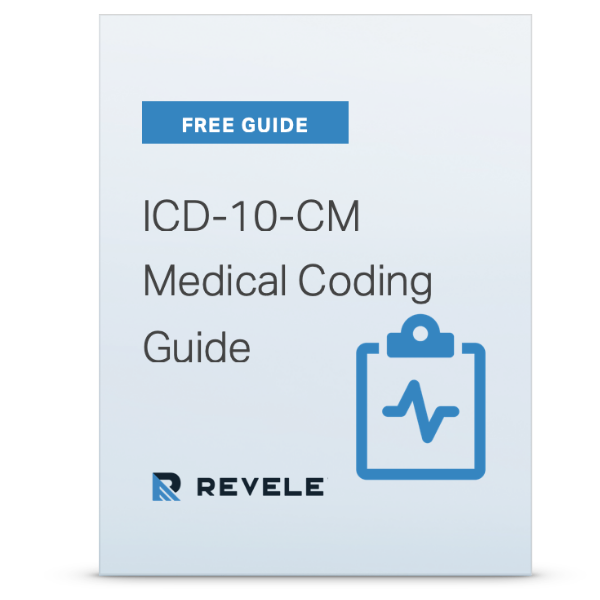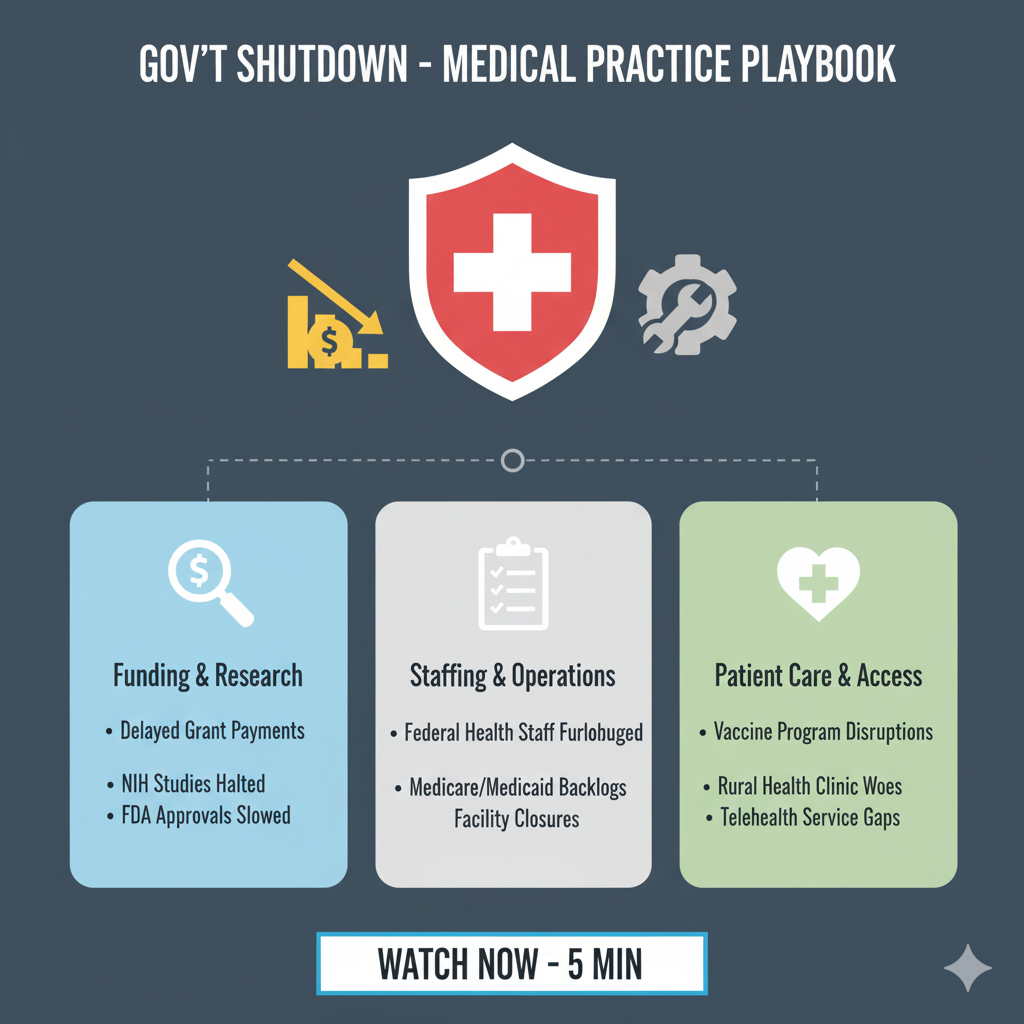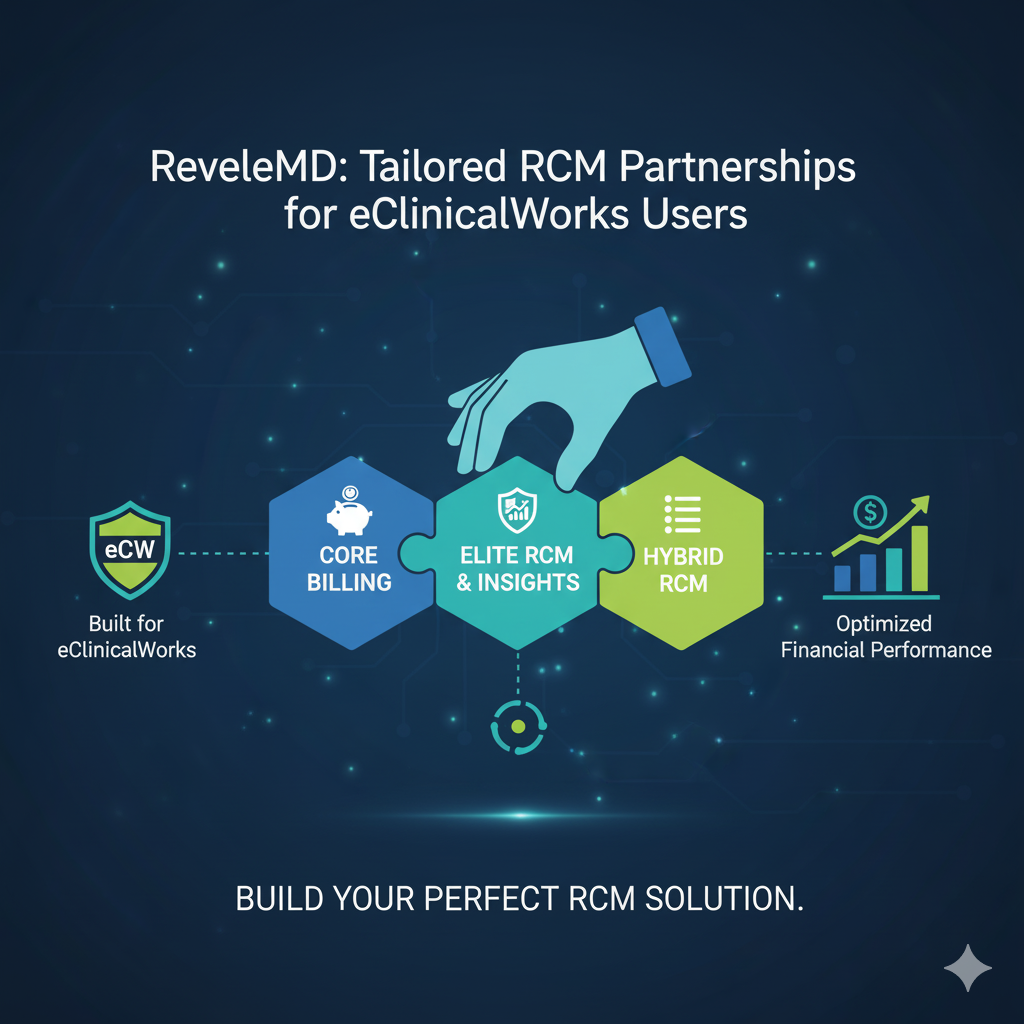Managing a healthcare practice comes with a long list of complex challenges that need to be solved on a daily basis. Anyone who is involved in the operational aspects of a medical office or healthcare facility understands that there are many situations that require making educated and rule-based decisions based on a variety of factors. Medical code bundling and the use of modifiers is one of them.
When it comes to choosing whether to bundle medical billing codes and/or to add code modifiers, providers are responsible for knowing what path will result in the smoothest transaction for the facility, the patient, and the insurance company, while at the same time following all of the required industry rules.
What are CPT Codes?
Current Procedural Technology (CPT) codes are a series of numbers that represent specific healthcare services and procedures that patients undergo. For every procedure, product, or other healthcare service conducted for which a provider needs to be reimbursed, there is a corresponding CPT code. These codes were developed by the American Medical Association (AMA), which also makes regular changes and updates to the codes as needed.
Because most patients use an insurance provider to pay for services, it has become necessary to create a simple and effective way to bill patients through their insurance company or another third party. CPT codes were designed to create a uniform system of tracking these services, in order to simplify the billing process for everyone involved in the transaction.
What is Code Bundling?
Because of the variety and complexity of healthcare services offered today, healthcare practices will often bundle the billing codes for services that must always be provided together.
For example, if a patient receives a bone x-ray, and is then treated for a broken bone, the services would likely be bundled together under one code, instead of two, cutting down on the number of bills that need to be sent out and collected.
Although code bundling offers a variety of benefits to both healthcare providers and patients, when done incorrectly, it can cause more issues than they bargained for. Since the purpose of code bundling is actually to simplify the billing and collecting process for everyone, it’s important to understand when to bundle codes vs. using modifiers, and why.
Benefits of Code Bundling
As mentioned above, healthcare providers often use code bundling as a way to combine services and simplify the financial aspects of giving and receiving care for everyone involved. When done correctly, bundling codes can decrease the amount of administrative work that accompanies medical services and is also meant to assist in providing accurate payments for providers.
By using one billing code to represent two or more healthcare services, the patient and/or insurance company is only billed for one amount, vs. receiving multiple bills. The services are combined and reflected under whichever service or procedure was more major or dominant that the other(s). This helps healthcare facility administrators lessen the paperwork involved in each transaction, saving time and money for the practice overall.
Potential Drawbacks to Code Bundling
Although code bundling can be beneficial in many instances, there is potential for issues to occur when a patient requires a service that doesn’t fall into a set of codes that can be bundled. This can put a provider at risk of not being reimbursed for the additional services.
In this situation, there is also unfortunately the potential for a healthcare provider to avoid performing a particular service or procedure, or to bill the patient more than they should, in order to ensure they receive full payment for all procedures provided. This tactic of over-billing is referred to as upcoding and is an illegal medical practice.
What is a CPT Modifier?
A CPT modifier is exactly what it sounds like. It is simply a code that indicates that there was a change in a typical procedure or service and is used to describe the specifics of a particular situation. Modifiers do not change the procedure code but provide additional information for services that aren’t typically included in a defined procedure.
For example, if a procedure was performed in a specific area of the body, or was performed more than once, a CPT modifier would be used to clarify these details for billing and insurance purposes.
CPT modifiers consist of two numeric or alphanumeric characters and are always located at the end of a CPT code, separated by a hyphen. More than one modifier can be used to alter a medical procedure CPT code, in which the modifier that affects the reimbursement process most would be listed first, followed by all additional modifiers.
There are strict rules to using modifiers that must be followed at all times. They cannot be added solely based on the provider’s opinion. Therefore, it’s important for providers to be educated on CPT modifier rules and regulations at all times.
When to Use CPT Modifiers
For procedures that almost always go together, code bundling is the best practice. However, in cases where procedures are altered from the norm or additional services are added, code modifiers are used to reflect the changes for billing and reimbursement purposes.
If two procedures that are normally done together are performed at different times or with different healthcare providers, then a provider should use a CPT modifier to unbundle commonly bundled services. The CPT modifier 59 is the designated code used to unbundle services for payment and reimbursements.
Incorrect Use of Modifiers
In some cases, a healthcare billing professional may forget to include the correct modifiers with their CPT codes, which prevents the provider from receiving the full reimbursement for the services performed. Or, on the other hand, the payer may overlook a CPT modifier and therefore reimburse less than what is due to the provider.
When done correctly, CPT code bundling and using modifiers improve the billing and collecting process for healthcare practices.
It is important, however, for all professionals to be educated on when to use which coding process, and to know how to use the different types of medical codes and modifiers correctly.
REVENUE CYCLE MANAGEMENT
Take the next step to elevate your RCM
We guarantee a 10% increase in your cash flow.








